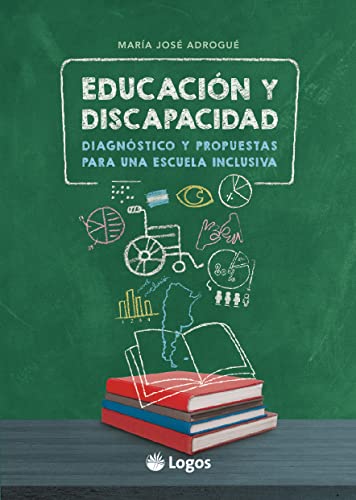“Los desafíos de una educación inclusiva”

¿Cómo sabemos si los sistemas educativos están siendo inclusivos? ¿Más aún, cómo definimos inclusión educativa? ¿Y por qué hay tan poca investigación sobre la inclusión de los alumnos con discapacidad, y las políticas educativas que mejor la promueven? ¿Cómo se…










